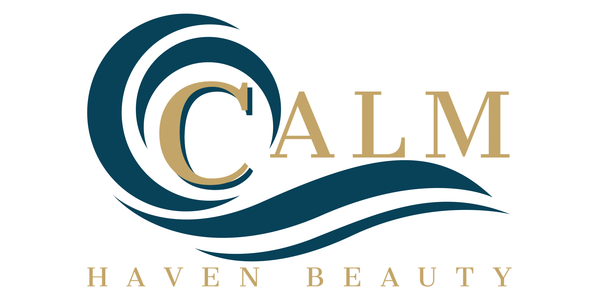
UV rays. Benefits and Harm.
Share
UV rays, or ultraviolet rays, are a type of electromagnetic radiation that is invisible to the human eye. It has shorter wavelengths than visible light but longer wavelengths than X-rays. UV radiation is emitted by the sun and can also be produced artificially by various sources, such as tanning beds and some industrial processes.
Approximately 95% of ultraviolet (UV) radiation from the sun that reaches the Earth's surface is UVA (long-wave) radiation, and the remaining 5% is UVB (short-wave) radiation. UVC radiation is effectively filtered out by the Earth's atmosphere and does not reach the surface.
- UVA (long-wave): UVA rays have wavelengths between 320 and 400 nanometers (nm). They account for the majority of UV radiation that reaches the Earth's surface. UVA rays can penetrate deep into the skin, affecting the dermis, and contribute to the premature aging of the skin by breaking down collagen and elastin fibers. Prolonged exposure to UVA rays can also lead to the development of wrinkles, fine lines, and age spots. Moreover, UVA rays are linked to an increased risk of skin cancer, particularly melanoma.
- UVB (medium-wave): UVB rays have wavelengths between 280 and 320 nm. They are partially absorbed by the Earth's atmosphere and are the primary cause of sunburns. UVB rays mainly affect the epidermis, the outer layer of the skin, and play a crucial role in the development of skin cancer, including non-melanoma types like basal cell carcinoma and squamous cell carcinoma.
- UVC (short-wave): UVC rays have wavelengths between 100 and 280 nm. Fortunately, almost all UVC radiation is absorbed by the Earth's atmosphere, including the ozone layer. As a result, very little UVC radiation reaches the Earth's surface, making it less of a concern for human health in typical circumstances.
UV (ultraviolet) radiation from the sun has both benefits and potential harms, depending on the level of exposure and protective measures taken:
Benefits of UV:
- Vitamin D synthesis: When the skin is exposed to UVB radiation, it can produce vitamin D, a crucial nutrient that helps maintain bone health and supports the immune system.
- Mood enhancement: Exposure to sunlight and UV rays can trigger the release of serotonin, a neurotransmitter that contributes to improved mood and a sense of well-being.
- Skin conditions: UV radiation can be beneficial for certain skin conditions like psoriasis, eczema, and vitiligo, as it can help reduce inflammation and promote healing.
Harms of UV:
- Sunburn: Overexposure to UVB rays can cause sunburn, which is characterised by red, painful skin and can lead to long-term skin damage.
- Skin aging: Prolonged exposure to UVA rays can accelerate skin aging, leading to wrinkles, fine lines, and age spots.
- Skin cancer: Both UVA and UVB rays can damage the DNA in skin cells, increasing the risk of skin cancer, including melanoma, basal cell carcinoma, and squamous cell carcinoma.
- Eye damage: UV radiation can harm the eyes, leading to cataracts, macular degeneration, and other eye conditions.
